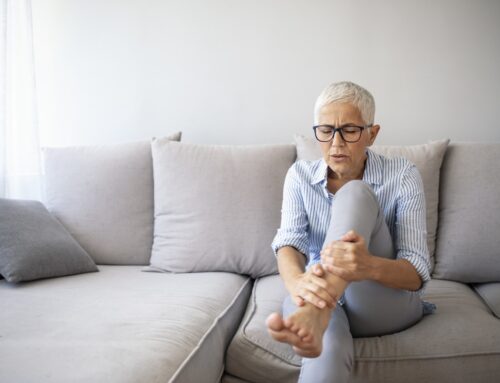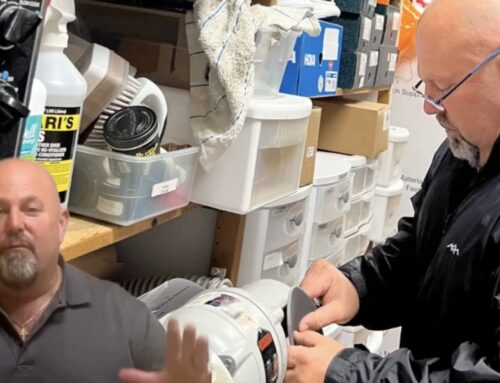In the fast-paced world we live in today, walking has emerged as a fundamental means of staying active and connected. Whether it’s brisk morning strolls, daily commutes, or exploring new places on foot, walking is a cherished activity that bridges exercise and relaxation. For individuals between the ages of 35 and 64, embracing the benefits of walking goes hand in hand with prioritizing foot health. The significance of properly fitted shoes cannot be overstated, as they form the foundation for a comfortable and enjoyable walking experience.
The Foot’s Anatomy: A Precarious Balance
Our feet are marvels of biomechanical engineering, composed of a complex interplay of bones, muscles, tendons, and ligaments. The natural arches of the feet act as shock absorbers, distributing the impact of each step and maintaining stability. Wearing ill-fitting shoes can disrupt this delicate balance, leading to a host of foot-related problems that become more prevalent with age.
Statistics Speak Louder
Consider these sobering statistics:
- According to a study by the American Podiatric Medical Association (APMA), nearly 80% of adults have experienced foot problems at some point in their lives, often exacerbated by improperly fitted shoes.
- The National Health Interview Survey reported that around 43% of individuals aged 45 to 64 suffer from foot pain, and a significant portion of these cases can be attributed to inadequate footwear.
- A study published in the Journal of Foot and Ankle Research found that poorly fitting shoes were a major contributing factor to foot deformities and pain among adults.
Common Foot Issues Linked to Poorly Fitted Shoes
- Bunions: Tight shoes that constrict the forefoot can increase the risk of developing bunions – painful bony protrusions at the base of the big toe.
- Corns and Calluses: Shoes that rub against the skin cause friction, leading to the formation of corns and calluses – hardened layers of skin that can become painful over time.
- Plantar Fasciitis: Inadequate arch support in shoes can strain the plantar fascia, a band of tissue that runs along the bottom of the foot, causing inflammation and heel pain.
- Ingrown Toenails: Shoes that squeeze the toes together can lead to ingrown toenails, a painful condition where the nail grows into the surrounding skin.
- Metatarsalgia: High heels or shoes with insufficient cushioning can lead to metatarsalgia – pain and inflammation in the ball of the foot.
The Role of Properly Fitted Shoes
- Optimal Comfort: Shoes that fit well provide ample room for your toes to wiggle and enough cushioning to absorb shock, making every step a pleasurable experience.
- Preventing Foot Deformities: Properly fitted shoes support the natural arches of the feet, reducing the risk of developing deformities over time.
- Enhanced Stability: Shoes that fit correctly help maintain proper balance and stability, reducing the likelihood of falls and injuries, which can be particularly crucial as we age.
- Minimized Pain: By alleviating pressure points and preventing friction, well-fitting shoes reduce the chances of painful conditions like corns, calluses, and ingrown toenails.
- Support for Active Lifestyles: For those who prioritize walking and staying active, properly fitted shoes are essential for maintaining an ongoing, healthy routine.
Conclusion
In the journey towards an active and fulfilling life, the importance of walking cannot be understated. However, this journey must be undertaken with care and consideration for our foot health. Properly fitted shoes act as the foundation upon which our walking experiences are built, providing support, comfort, and protection against a myriad of foot-related problems. For individuals between the ages of 35 and 64, embracing well-fitted footwear is a powerful step towards ensuring that each stride is a confident and pain-free one. By investing in our foot health, we empower ourselves to continue enjoying the simple pleasures of walking, while nurturing the overall wellness of our bodies.







